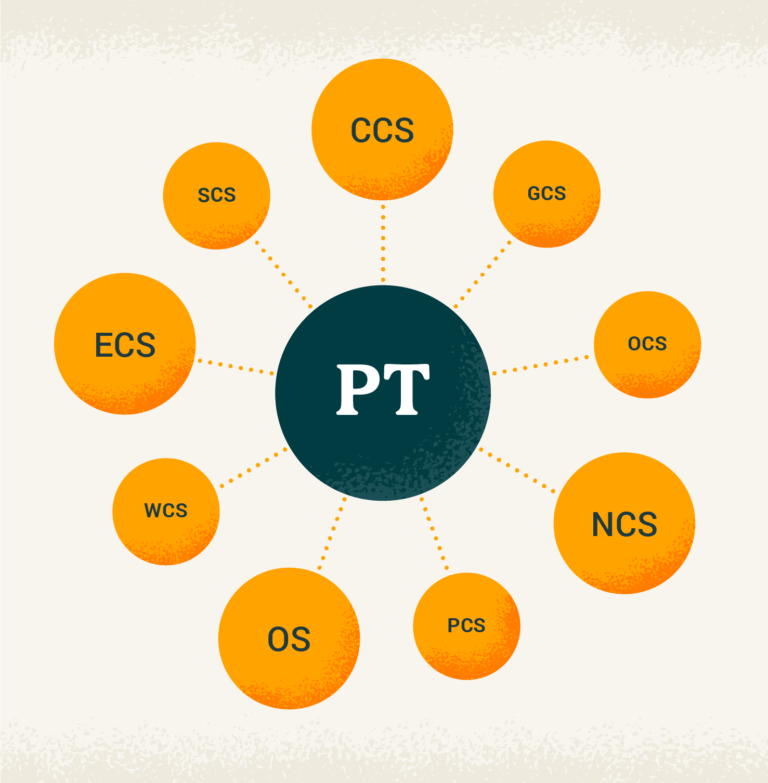The Hidden Threat to Vision: Understanding Diabetic Eye Disease

For individuals living with diabetes, the management of their condition may often focus on crucial aspects such as blood sugar levels, diet, and complications such as neuropathy. Yet, one area that’s often overlooked is eye health. “Diabetic Eye Disease” is an umbrella term for a group of eye conditions that can affect people with diabetes, leading to vision impairment and blindness if left untreated. If you or a loved one are navigating the complexities of diabetic care, understanding this often underdiscussed facet of diabetes management is imperative.
Imagine looking out of your window on a crisp fall day, only to find that the vibrant colors of the leaves are fading into a blur. For many people with diabetes, this hypothetical scenario is a harsh reality. Diabetic Eye Disease is a silent epidemic, creeping up on individuals already battling the day-to-day challenges of managing their blood glucose levels and grappling with the long-term complications of the condition. In this comprehensive guide, we’ll explore what Diabetic Eye Disease encompasses, why it’s a pressing concern, and how to ensure your vision is protected.
What is Diabetic Eye Disease?
Diabetic Eye Disease refers to a group of eye conditions that can affect people with diabetes. These conditions, which often have no early symptoms, include:
- Diabetic Retinopathy
- Diabetic Macular Edema (DME)
- Cataracts
- Glaucoma
The most common of these conditions is Diabetic Retinopathy, a leading cause of blindness in American adults, which damages the blood vessels in the retina. An excess of sugar in the blood can cause these blood vessels to become abnormal, leak, or grow haphazardly, leading to various stages of retinopathy that can even result in total blindness.
Diabetic Macular Edema (DME) occurs when fluid leaks into the center of the macula, the part of the eye that gives us sharp, clear, straight-ahead vision. The macula swells from the fluid, making your vision blurry. Cataracts, clouding of the eye’s lens, and glaucoma, a build-up of pressure inside the eye that damages the optic nerve, are also more prevalent in individuals with diabetes, occurring at an earlier age and progressing more quickly.
Signs and Symptoms to Watch For
The insidious nature of Diabetic Eye Disease lies in its silent progression. Often, symptoms don’t become noticeable until the damage is severe. However, these signs may indicate the presence of Diabetic Eye Disease and should prompt immediate consultation with an eye care specialist:
- Blurred Vision
- Floaters (spots or dark strings floating in your vision)
- Fluctuations in Vision
- Dark or Empty areas in your Vision
- Vision Changes
It’s important that individuals with diabetes are proactive with their eye health. Annual dilated eye exams are recommended to detect eye conditions early to preserve vision.
Managing and Preventing Diabetic Eye Disease
The first step in managing Diabetic Eye Disease is effective control over your diabetes. This includes:
- Regular blood sugar monitoring
- Healthy eating
- Regular physical activity
- Taking medications as prescribed
For individuals living with diabetes, the stakes are high when it comes to eye health. Vision loss not only impacts their daily lives but can also disrupt their ongoing management of diabetes. Awareness, education, and early detection through regular eye exams are the keys to preventing and managing Diabetic Eye Disease.
In addition to managing diabetes, there are other proactive steps you can take to protect your vision:
- Quit Smoking: Smoking constricts blood vessels, which can exacerbate issues with damaged vessels in the eyes.
- Control Your Blood Pressure: High blood pressure can damage the eye’s optic nerve and blood vessels.
- Control Your Cholesterol: High cholesterol can lead to the blocking of retinal vessels.
- Monitor Your Diet: A healthy diet rich in antioxidants and Omega-3 fatty acids can support eye health.
- Exercise Regularly: Regular physical activity helps to manage blood sugar levels and support overall health, which in turn benefits your eye health.
The Role of Technology in Managing Diabetic Eye Disease
Innovative technologies are transforming the way diabetic retinopathy is diagnosed and treated. From digital imaging that provides early diagnosis to robotic devices that perform delicate eye surgery, technology is providing new hope for managing Diabetic Eye Disease.
Telemedicine is also playing an increasingly important role, allowing for remote monitoring and diagnosis. This not only provides convenience for patients but also ensures that changes in the eyes are caught early and can be treated promptly, thus preserving vision.
Conclusion
Diabetic Eye Disease is a critical yet often underemphasized facet of diabetes management. Recognizing its early signs and symptoms, understanding its treatment options, and adopting a proactive stance towards eye care are essential for the long-term well-being of those living with diabetes. By educating oneself, remaining vigilant, and seeking regular eye care, individuals can take vital steps to preserve their vision and maintain their quality of life. If you or a loved one are living with diabetes, take action today to safeguard your tomorrows.




